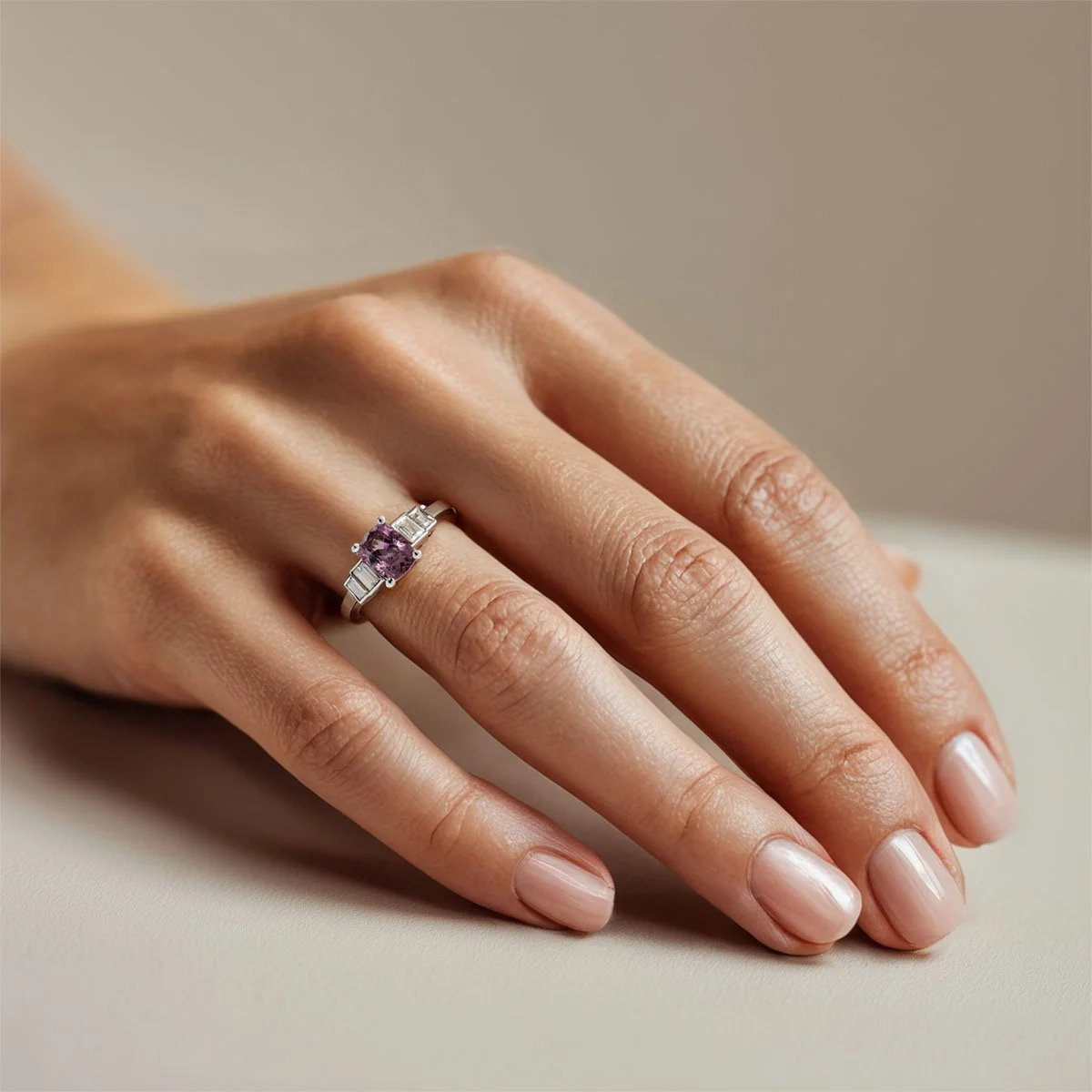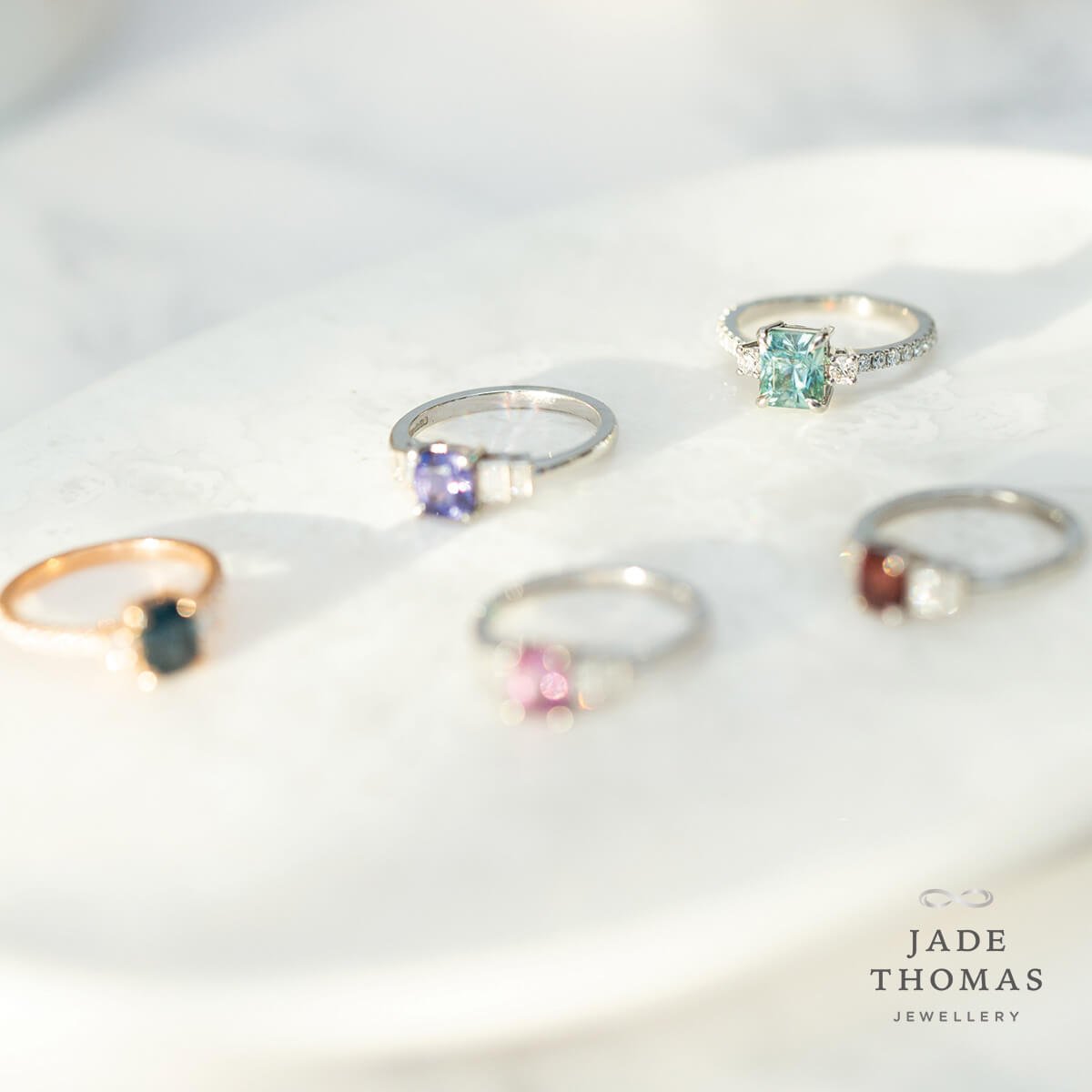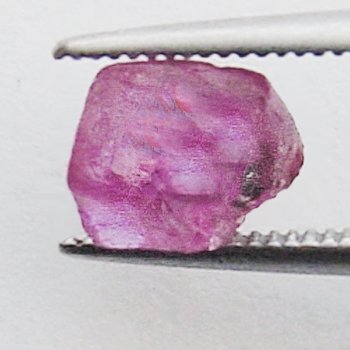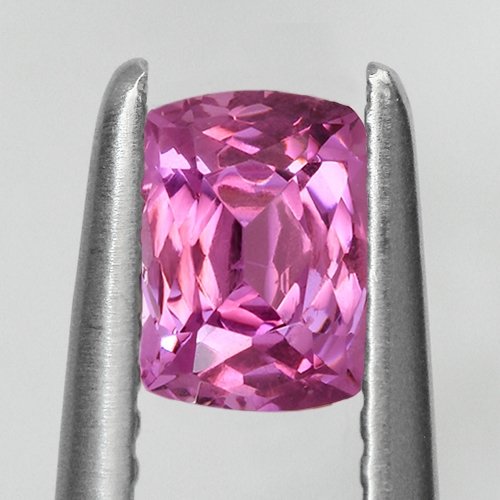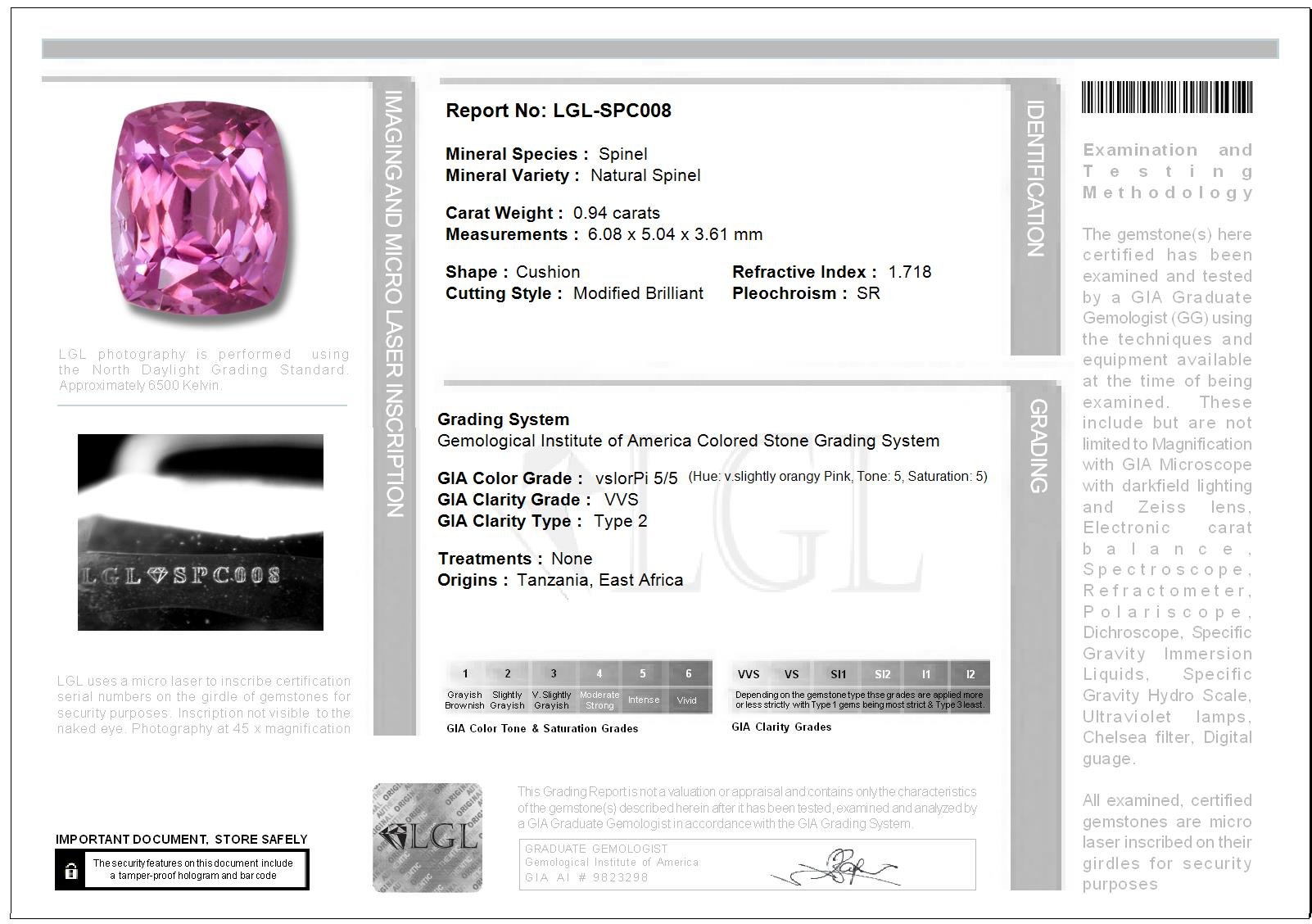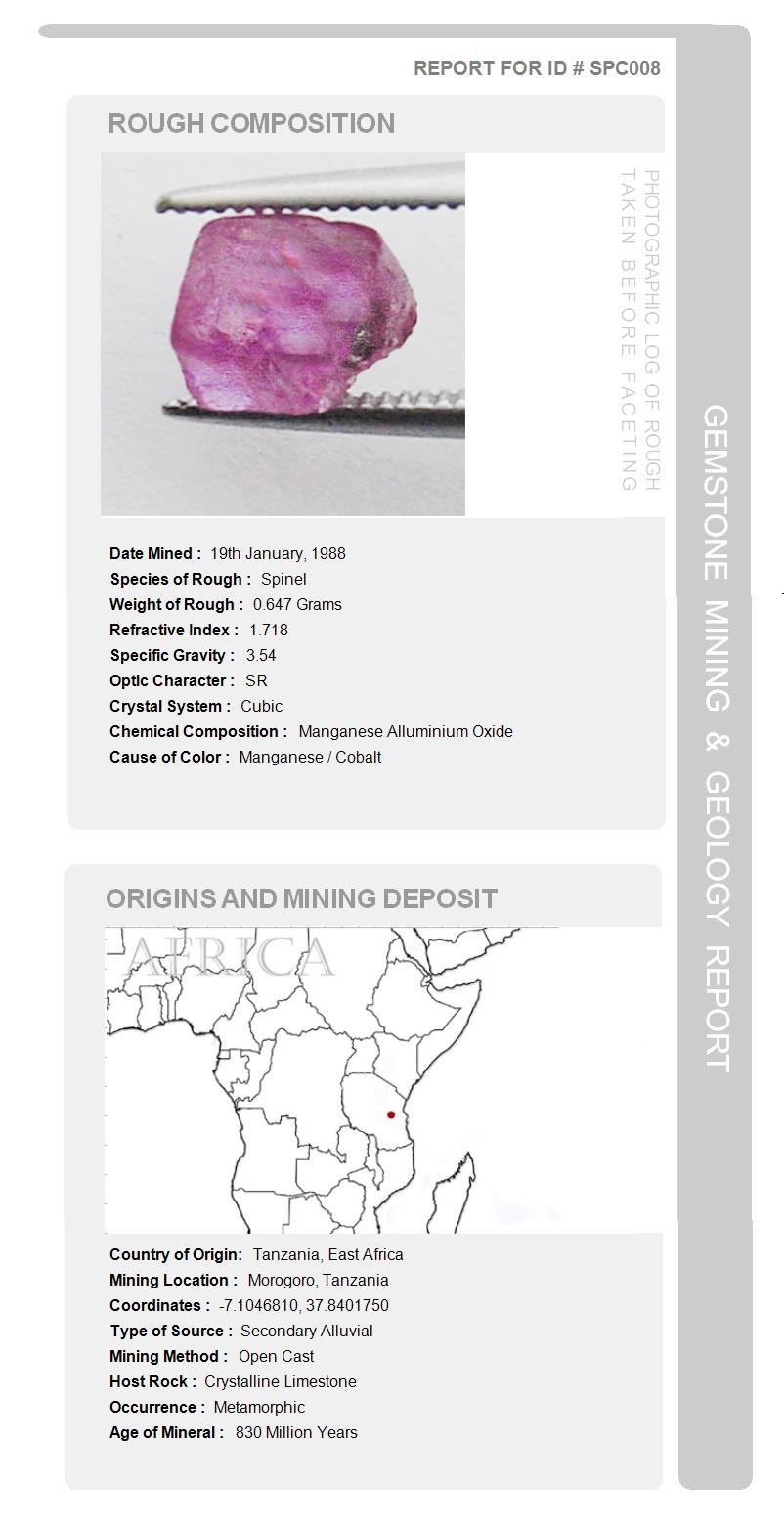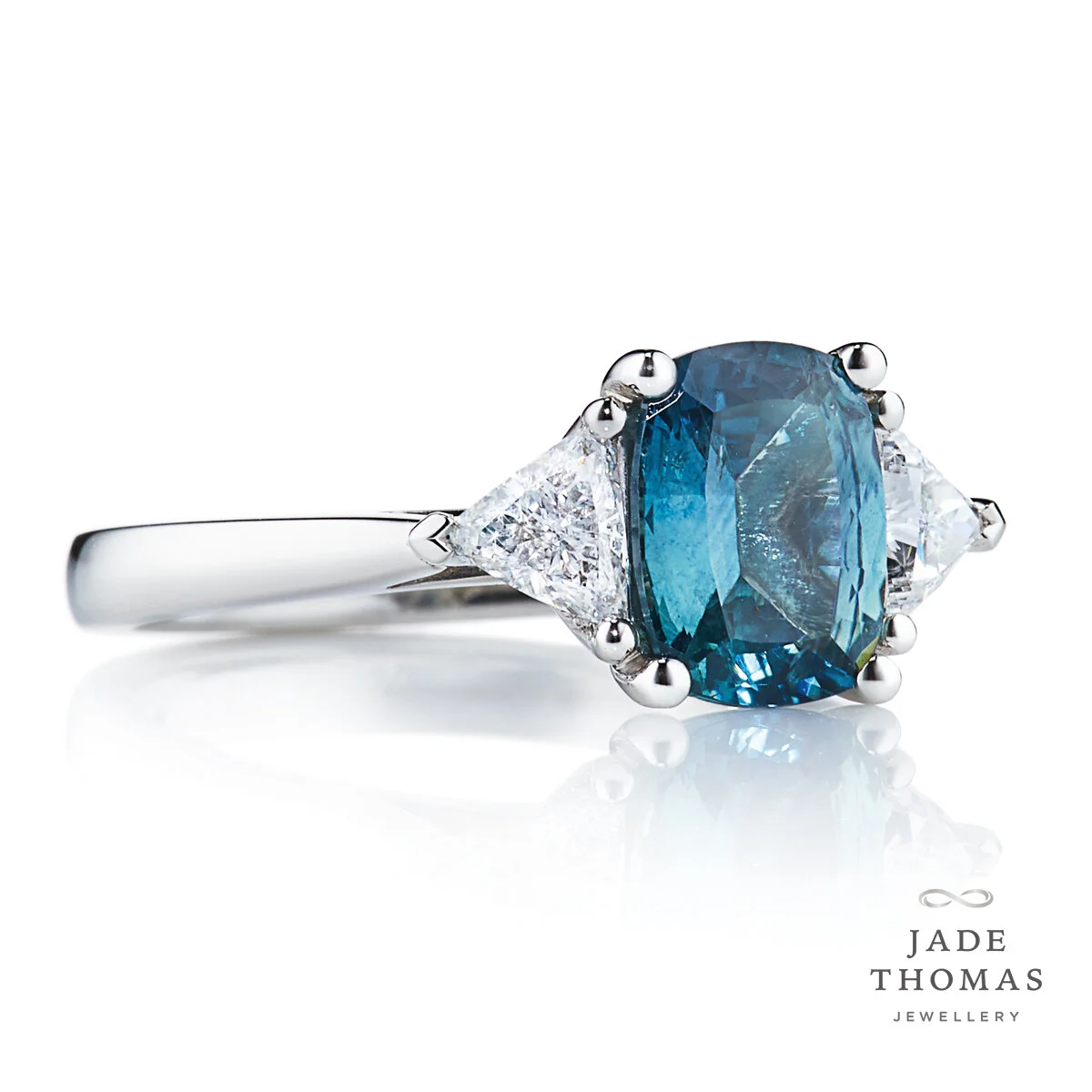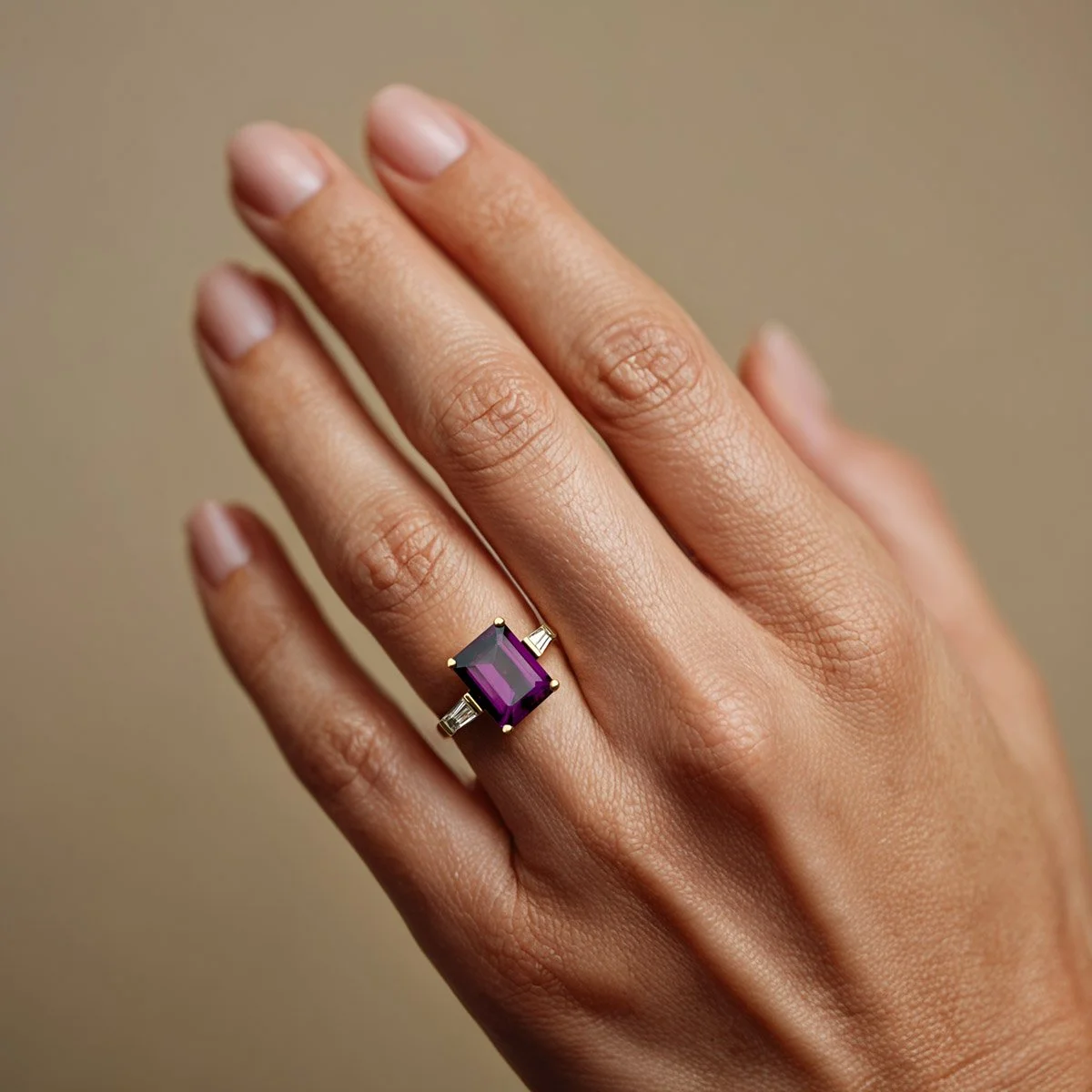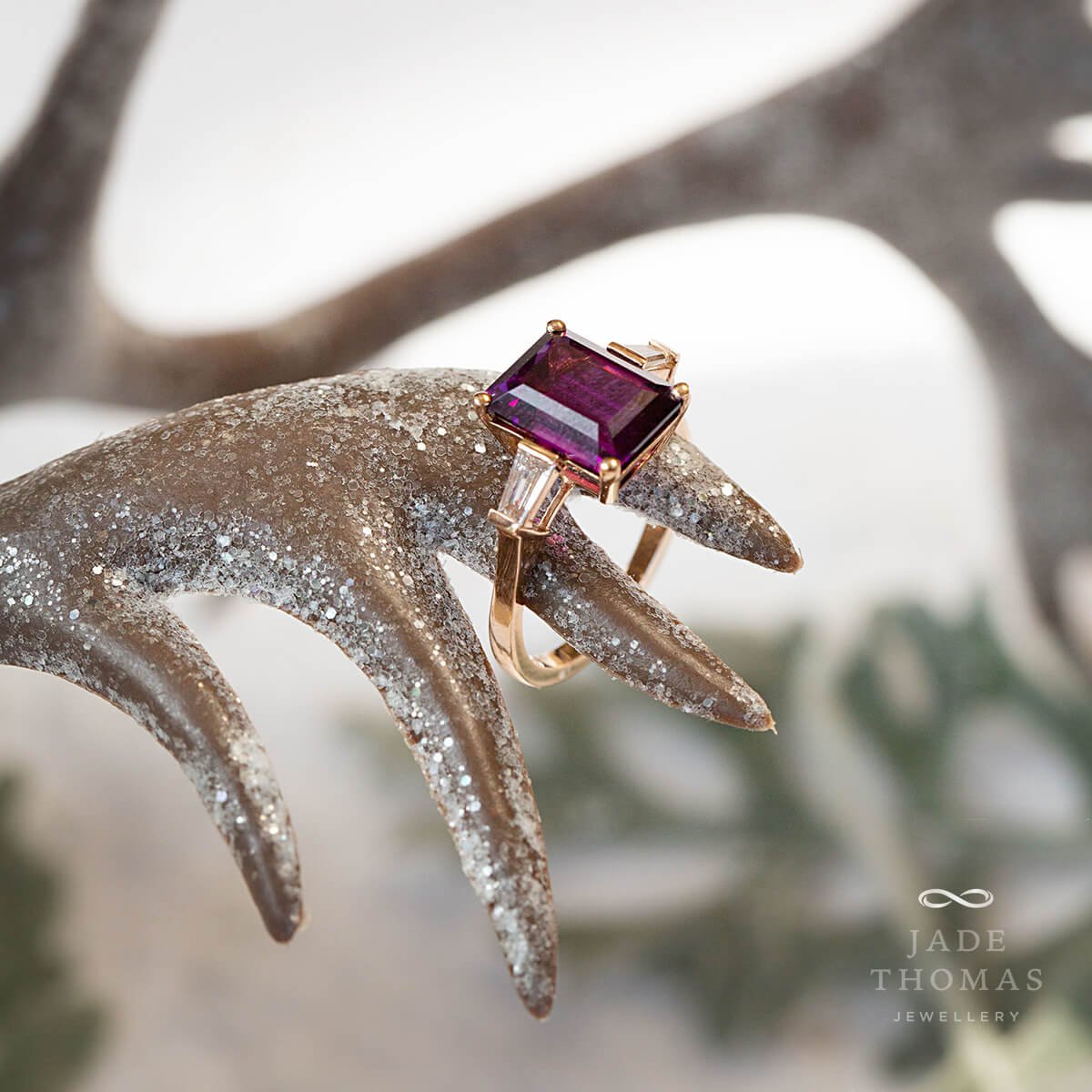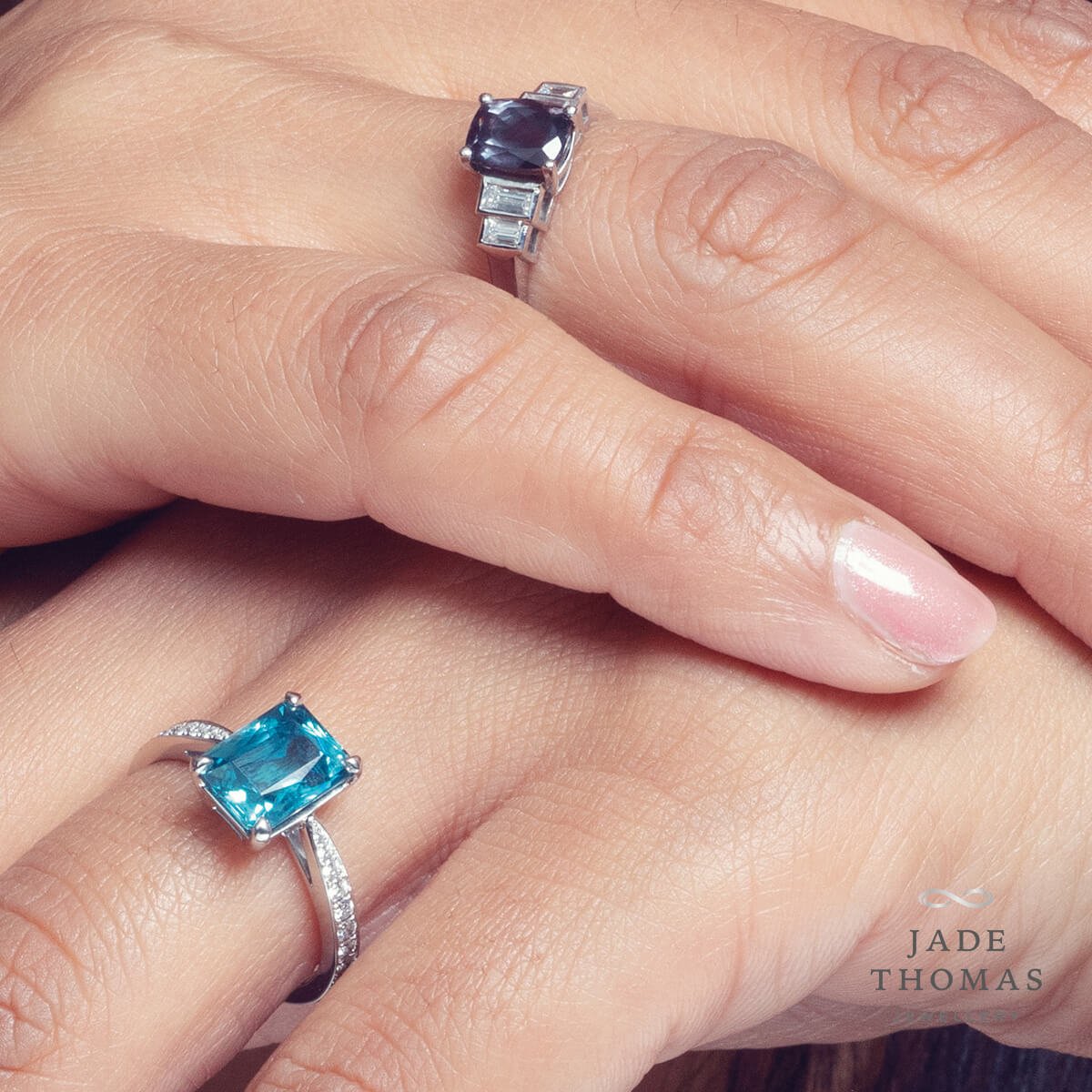This Spinel:
This natural, no heat cushion-cut pink Spinel is 0.94ct and is 6.08mm high x 5.04mm wide x 3.61mm deep.
Mined on the 19th January, 1988 in the original Morogoro mines close to where the Mahenge Spinel would later be discovered in 2002, this small but stunningly beautiful pink Spinel really glows.
Deep in the beautiful, remote Uluguru Mountains of Southern Tanzania, local villagers have been finding fine gems for decades. This geologically well endowed area of the Morogoro region is renowned around the world for quality of the Spinels and latterly Rubies that have been discovered here during the late 20th century and then in 2007 with the Mahenge discoveries. In fact, The Morogoro region became famous in 1986, following the discovery of ruby and spinel near the village of Matombo, east of Morogoro town. The geology of these amazing Spinels is fascinating. The gems formed in a metamorphic event over 620 million years ago caused by tectonic plates shifting and pushing against each other in an upwards direction to form the Uluguru and Mahenge mountains. The Spinels formed inside hard calcite marbles and are difficult to mine as a result. They lay hidden here for over 600 million years before local villagers discovered them. In the late 1980’s and early 1990’s there was something of a “gem rush” in this area However, at that time, there was little market for these beautiful stones as Spinel was little recognised by jewelry consumers. When ruby mining in Morogoro declined, miners moved to Songea and Tunduru chasing Sapphires. Today, some fine pieces are occasionally found but production is still very limited.
Gem Report
Mining Report
Pink Spinel
Spinel
Deep in the beautiful, remote Uluguru Mountains of Southern Tanzania, local villagers have been finding fine gems for decades. This geologically well endowed area of the Morogoro region is renowned around the world for quality of the Spinels and latterly Rubies that have been discovered here during the late 20th century and then in 2007 with the Mahenge discoveries. In fact, The Morogoro region became famous in 1986, following the discovery of ruby and spinel near the village of Matombo, east of Morogoro town. The geology of these amazing Spinels is fascinating. The gems formed in a metamorphic event over 620 million years ago caused by tectonic plates shifting and pushing against each other in an upwards direction to form the Uluguru and Mahenge mountains. The Spinels formed inside hard calcite marbles and are difficult to mine as a result. They lay hidden here for over 600 million years before local villagers discovered them. In the late 1980’s and early 1990’s there was something of a “gem rush” in this area However, at that time, there was little market for these beautiful stones as Spinel was little recognised by jewellry consumers. When ruby mining in Morogoro declined, miners moved to Songea and Tunduru chasing Sapphires. Today, some fine pieces are occasionally found but production is still very limited.
Caring for Spinel
To minimise scratching and wear, store each piece of fine jewellery separately in a soft cloth or padded container. Avoid exposure to intense heat as light coloured Spinel may fade. Spinel jewellery is best cleaned with warm, sudsy water and a tightly woven microfibre or other soft cloth.


